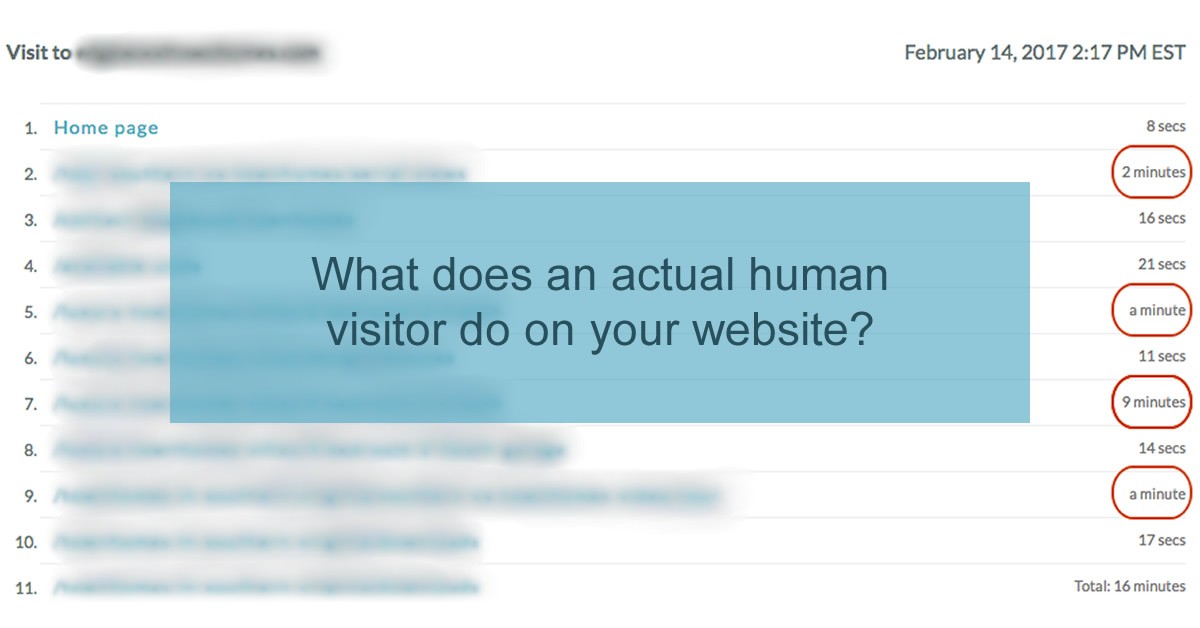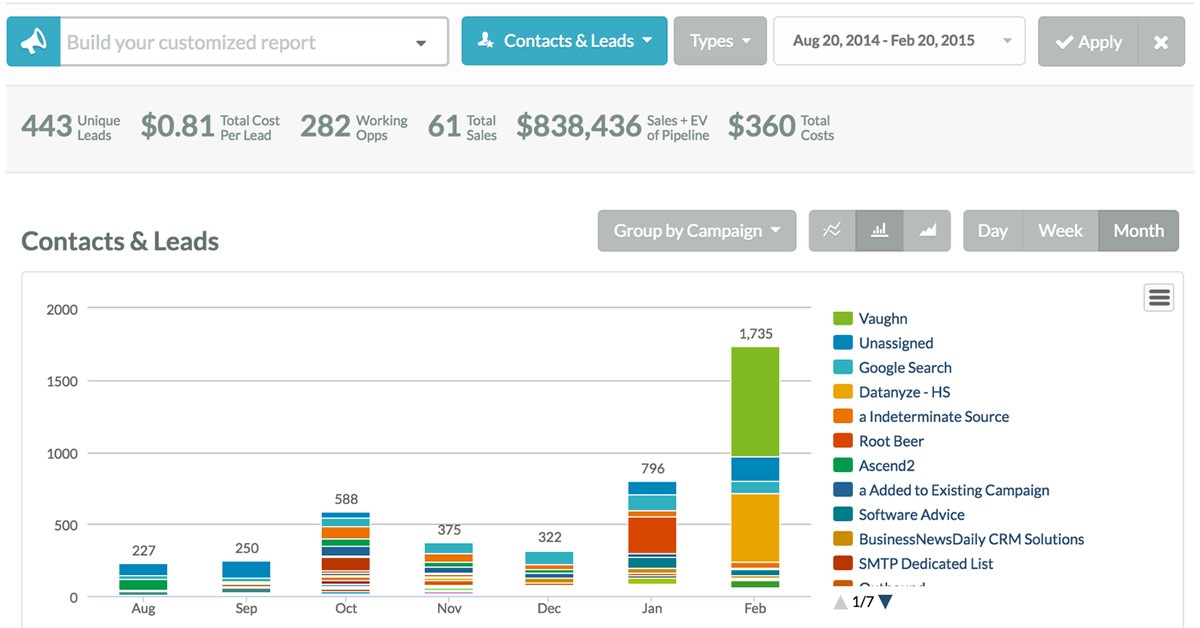I got up this morning to find these emails in my inbox (on top of many others):
- a dating site promo to find the man of my dreams
- kids & teens tickets on sale for a festival (woohoo!)
- why I need a penis enlargement
What do they have in common? (besides the fact that I never asked to be added to the senders' lists, but let's pretend I did) None of them are in any way applicable to me and my interests. I'm a happily married woman with no kids at home, so not one of those emails would be interesting to me, even if I had subscribed to the lists.
Every day businesses all over the US send irrelevant emails to people who HAVE asked to be added to their email lists. That's not only a waste, but a breach of the trust you had to earn to even get a person on your list.
Sending out email blasts is today's equivalent of throwing everything against the wall in the hopes that something sticks.
The sad thing is that it's so easy to send emails that people actually look forward to getting, netting you high open and click-through rates which help nurture your list.
It's crazy that marketers can't understand that simply sending information to the people who are interested in receiving it is the absolute best way to grow a business.
Email segmentation is the most effective tool in your toolbox. Consider data like:
- Segmented email campaigns have a 14.32% higher open rate than non-segmented campaigns. (Mailchimp, 2016)
- Triggered emails have a 624% higher conversion rate than “batch and blast” emails. This is driven by a 381% higher click rate, and an 180 percent higher post-click conversion rate. (Source: VentureBeat, 2016)
Don't get smug if you think you're already segmenting, though.
The report also shows that even though 75% of survey respondents claimed to segment their lists, most of them are only segmenting by demographics. That's much less successful than more advanced tactics like segmenting by purchase history, click-through rates, type and amount of purchase and online purchase history.
The problem is that most marketers are busy working on campaigns, and think they don’t have the time or resources to make regular email segmentation a reality.
The answer is automated email segmentation.
By using the right email marketing system, you can automate the entire list segmentation process.
Imagine being able to send highly targeted emails to the people who actually want to get that information, without you having to manually add and remove people from your segmented mailing lists. That would be marketing gold!
If you're using the right email marketing system, you can actually set up rules that automatically add to and remove contacts from specific lists based on actions they take. Things like downloading a PDF, filling out a form, or visiting a specific page on your website can automatically segment a person into a specific list.
Think about it in everyday terms. You could do things like automatically email:
- everyone who signed up for a Model Home tour
- everyone who didn't open a certain email
- everyone who owns a car that's coming due for a service date.
The cool thing is that you don't have to email them all at once. The rules you set up can email a person when and if they meet the criteria.
An example of information the right people would love to get:
If you're a home health care company, you could send a series of emails to someone whose parent has just been diagnosed with Alzheimer's. As my mother's caregiver for 3 ½ years when she battled Alzheimer's, I would have been so grateful for any information that might have helped me better help her – or help me not feel like I was losing my own mind.
Even the little things are new for someone who's never been in a caregiving situation – how to get them to eat when they don't want to, what to say and not say when they don't know who you are, how to help other people understand the loved one's disease (this is a biggie and could save a lot of grief from family disagreements).
If you think about it, you can see where the right person would love to get the emails in this example.
There's plenty of information your own business can share, too, depending on the type of business you're in. It could be sales and promotions, helpful tips and reminders, current developments in your industry – whatever would be valuable and appreciated by the people in a particular segmented list.
The best way to get started? Just start brainstorming ways that you could break up your customer list into segments of people who have something in common. And we can set you up on our email marketing system if you don't already have a system that offers advanced automation (hint: few do).
Don't miss our free resources to help in your online marketing, and become a Glerin Insider member (it's free!) to get exclusive access to content that we don't publish on the site and early access to new free resources that we publish.





